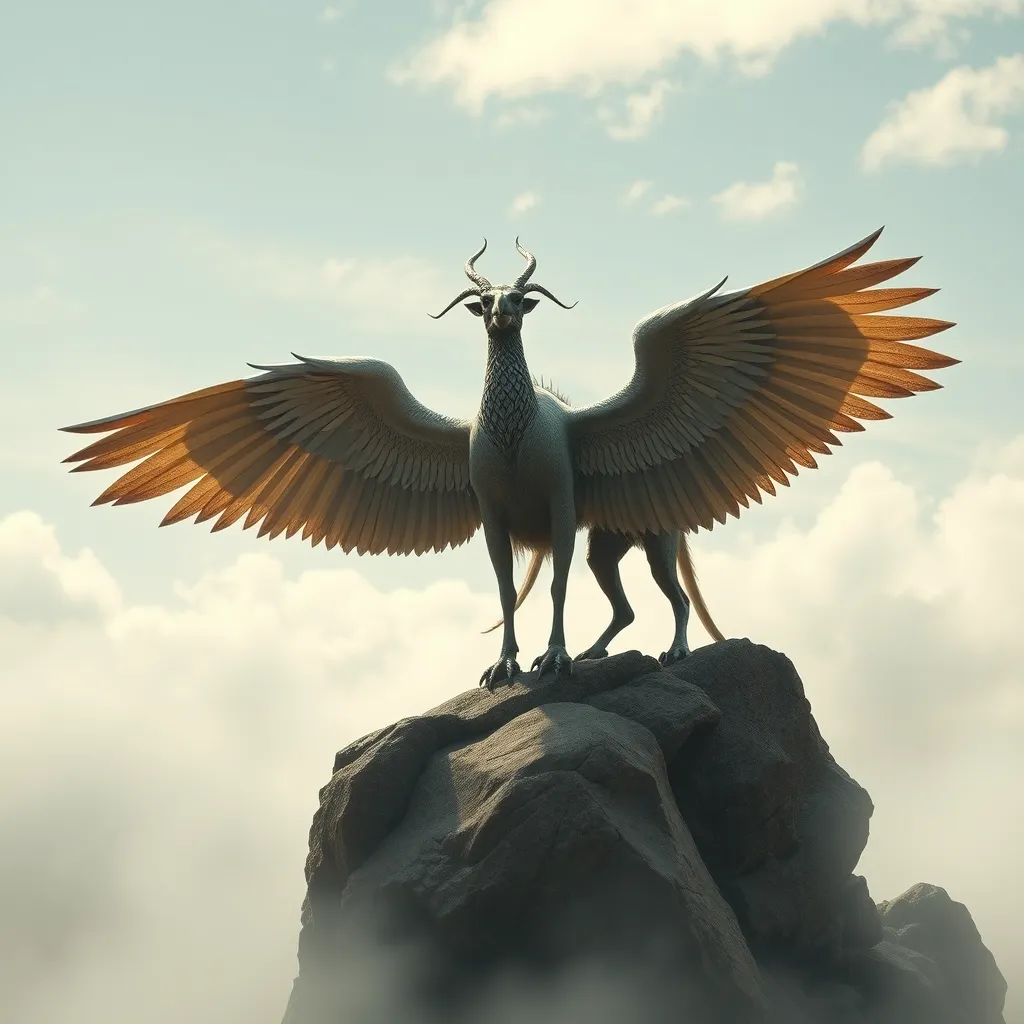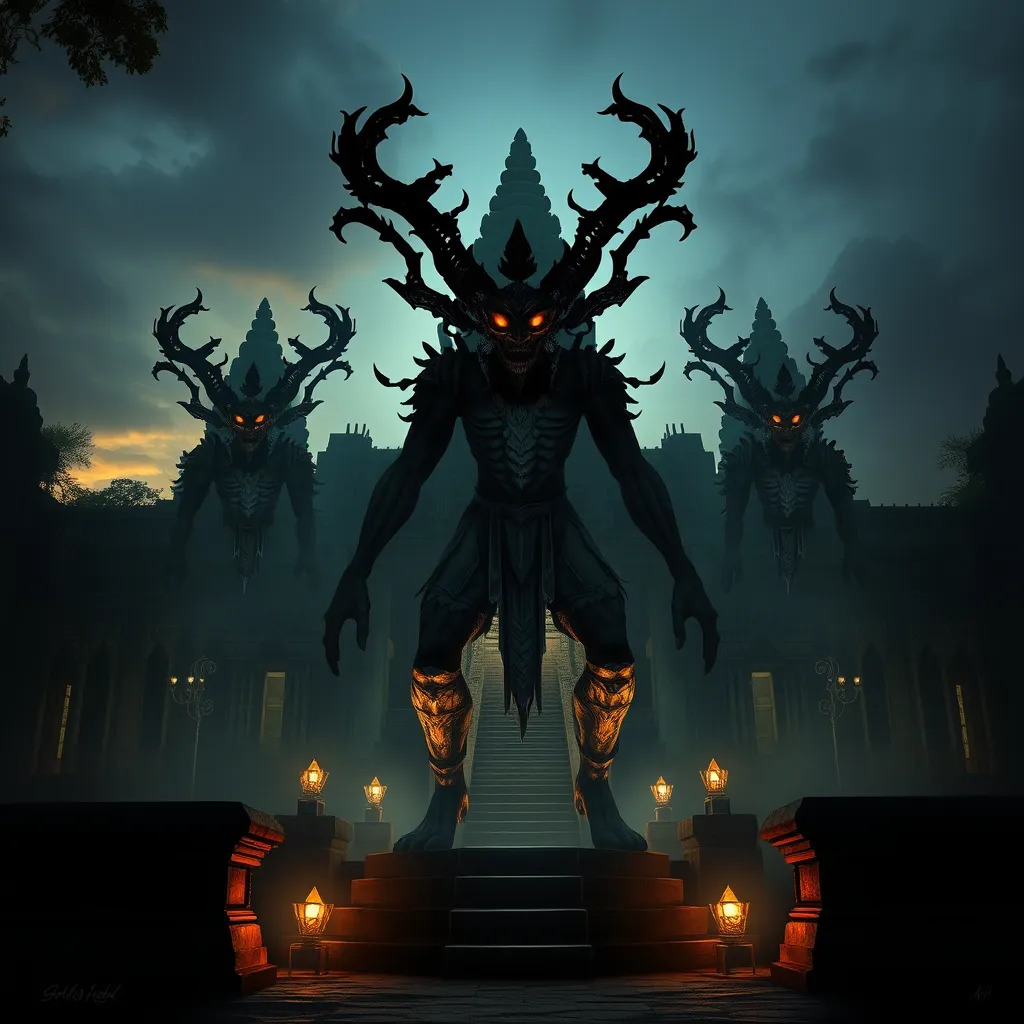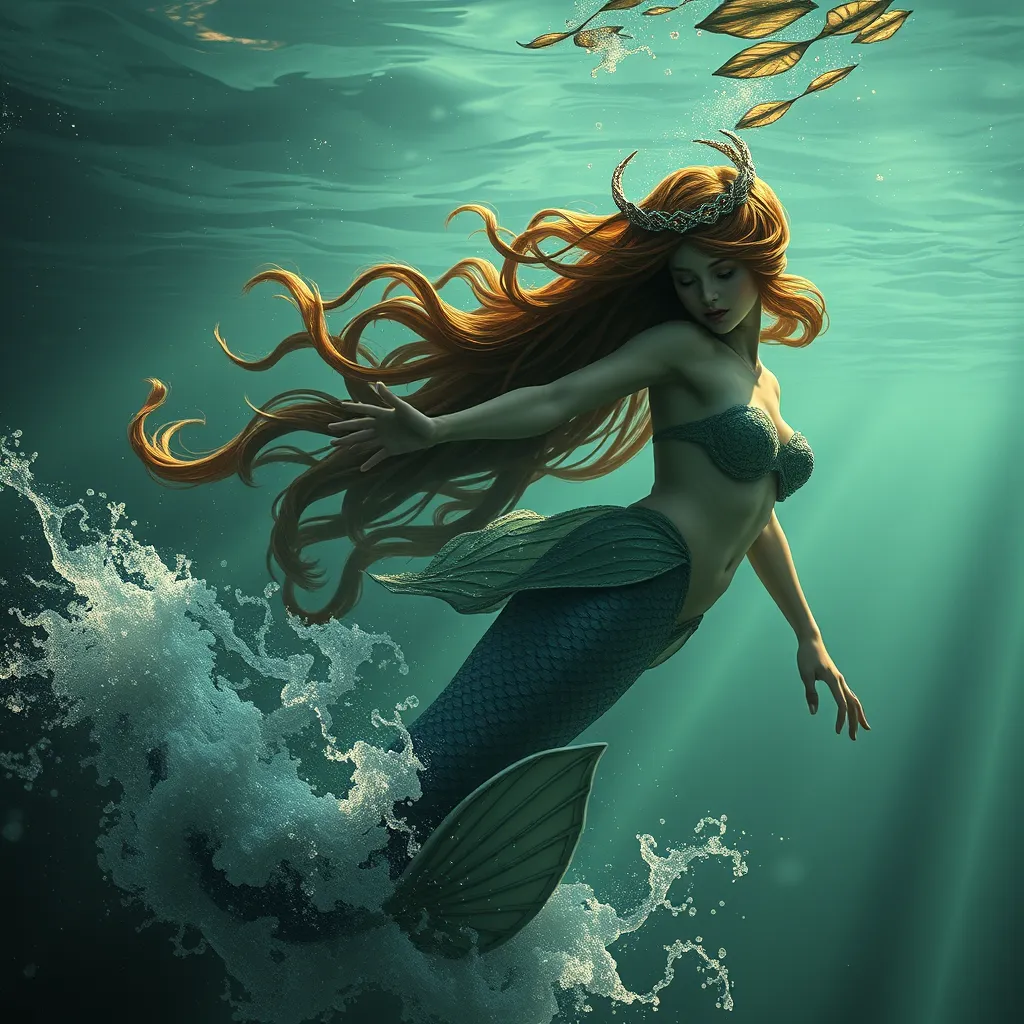The Harpies and the Evolution of Mythological Creatures
I. Introduction
Mythological creatures have long captivated the human imagination, serving as symbols, cautionary tales, and reflections of cultural values. These beings, often hybrid in nature, represent the blend of human fears and aspirations. Among the myriad of mythological figures, the Harpies stand out as particularly intriguing entities within ancient Greek mythology.
The Harpies, often depicted as winged spirits, have evolved dramatically from their origins to their present-day interpretations. This article aims to explore the evolution of mythological creatures through the lens of the Harpies, examining their origins, characteristics, literary representations, and contemporary relevance.
II. Origins of the Harpies
A. Historical context in ancient Greek mythology
The Harpies first appeared in ancient Greek literature, particularly in the works of Homer and Hesiod. They were often depicted as storm spirits, embodying the violent and chaotic aspects of nature. Their name, derived from the Greek word “harpyia,” translates to “snatchers,” which signifies their nature of stealing and carrying away individuals, particularly the souls of the dead.
B. Early depictions and descriptions of the Harpies
Early descriptions of the Harpies reveal a variety of forms and characteristics. Initially, they were portrayed as beautiful maidens with the wings of birds. Over time, their image shifted to that of grotesque creatures, combining the features of women and birds. This transformation reflects the changing perceptions of their role in mythology.
C. Symbolism associated with the Harpies in ancient texts
The Harpies symbolize not only the destructive forces of nature but also the concept of punishment. In many myths, they are depicted as agents of retribution, punishing those who have wronged the gods or violated moral codes. Their duality as both purveyors of torment and harbingers of change illustrates the complexity of mythological narratives.
III. Characteristics of the Harpies
A. Physical attributes and variations in description
The Harpies are characterized by their unique physical attributes, which include:
- Wings resembling those of birds, enabling them to fly swiftly.
- Human-like faces, often depicted with expressions of anger or malice.
- Claws and talons that enhance their menacing appearance.
Despite these common traits, descriptions of the Harpies vary widely across texts and artistic representations.
B. Roles and functions within myths (e.g., messengers, agents of punishment)
The Harpies play multiple roles within Greek mythology:
- Messengers of the gods, delivering important news or warnings.
- Agents of punishment, particularly for mortals who have committed grave offenses.
- Symbols of chaos and disorder, representing the unpredictable aspects of nature.
C. Comparison with other mythological creatures (e.g., Sirens, Furies)
When compared to other mythological beings, the Harpies share similarities and differences:
- Sirens: Like the Harpies, Sirens are associated with danger and temptation, luring sailors to their doom with enchanting songs.
- Furies: Both the Harpies and the Furies serve as agents of vengeance, but while the Furies are more focused on punishing the guilty, the Harpies often engage in broader chaos.
IV. The Harpies in Literature and Art
A. Representation in ancient literature (e.g., Homer, Virgil)
The Harpies are prominently featured in ancient texts, including Homer’s “The Iliad” and Virgil’s “Aeneid.” In these works, they are often depicted as ominous figures, underscoring their role as tormentors and symbols of divine wrath.
B. Artistic interpretations in classical and contemporary works
Throughout history, artists have sought to capture the essence of the Harpies. In classical art, they are often portrayed in dramatic scenes that emphasize their ferocity. Contemporary interpretations may depict the Harpies in more nuanced ways, exploring themes of empowerment and transformation.
C. The impact of the Harpies on popular culture
The Harpies have left an indelible mark on popular culture, appearing in films, literature, and video games. Their image has evolved from that of a menacing creature to a more complex symbol, reflecting contemporary societal issues and themes.
V. Evolution of the Harpy Myth
A. Changes in perception and characterization over time
Over the centuries, the perception of the Harpies has undergone significant changes. Initially viewed solely as agents of punishment, they have also been embraced as symbols of resistance and empowerment in modern retellings.
B. Influence of cultural exchange and adaptation
As cultures interacted and exchanged ideas, the Harpy myth adapted to various contexts. They have been reimagined in different cultures, often taking on new meanings and roles that resonate with contemporary audiences.
C. Modern reinterpretations and the Harpy’s legacy
Today, the Harpies are often reinterpreted in literature and media as complex characters with rich backstories. This evolution highlights the enduring nature of myth and its ability to adapt to societal changes.
VI. Broader Trends in the Evolution of Mythological Creatures
A. Patterns of transformation among mythological beings
The transformation of mythological creatures often follows patterns influenced by societal changes. From fearsome beings to more relatable figures, these transformations mirror shifts in human understanding and cultural values.
B. The role of societal values and fears in shaping myths
Myths are deeply intertwined with the values and fears of the societies that create them. As these values evolve, so too do the stories and representations of mythological creatures, reflecting contemporary concerns.
C. Case studies of other mythological creatures and their evolution
Other mythological creatures, such as dragons and werewolves, exhibit similar patterns of evolution. They have evolved from symbols of terror to figures that can embody themes of transformation and empowerment, highlighting the fluid nature of myth.
VII. The Harpies and Contemporary Relevance
A. The Harpies as symbols in modern discourse
In contemporary discourse, the Harpies have emerged as symbols of feminism and empowerment. Their narratives are often reinterpreted to highlight themes of agency and resistance against oppression.
B. The resurgence of interest in mythological creatures in media
The renewed interest in mythology within popular media reflects a broader fascination with ancient stories. The Harpies, alongside other mythological beings, find new life in films, books, and television shows, resonating with modern audiences.
C. Implications for understanding cultural identity and mythology today
The ongoing reinterpretation of mythological creatures like the Harpies has significant implications for cultural identity. They serve as a bridge between past and present, allowing societies to explore their roots while addressing contemporary issues.
VIII. Conclusion
The journey of the Harpies through mythology illustrates the dynamic nature of mythological creatures. From their origins as agents of punishment to their modern reinterpretations as symbols of empowerment, the Harpies reflect the evolving human experience.
Studying these transformations enriches our understanding of mythology and its relevance to contemporary society. As we continue to explore and reinterpret these ancient tales, we uncover deeper connections to our cultural identities and shared narratives.
Ultimately, the evolution of the Harpies and other mythological beings highlights the enduring power of myth to adapt, inspire, and resonate with each new generation.



